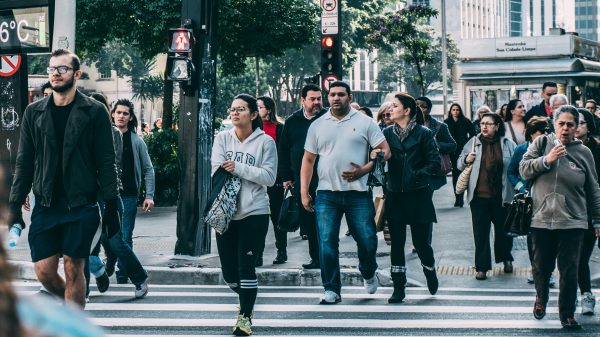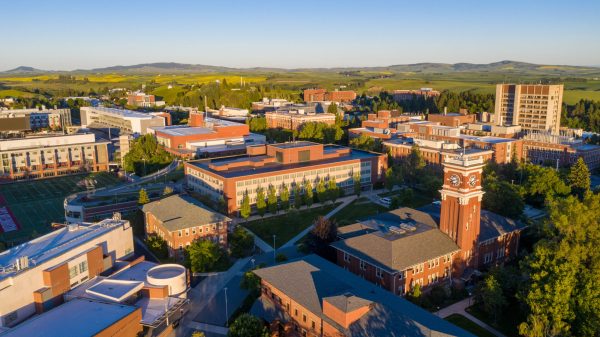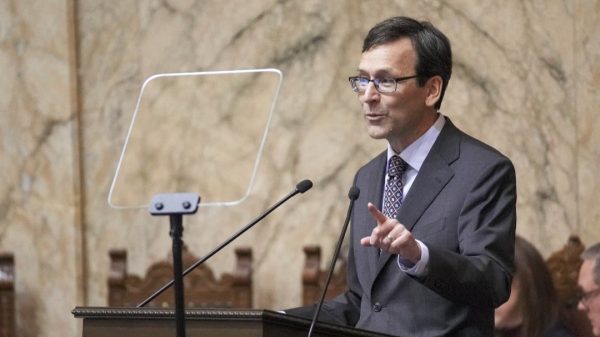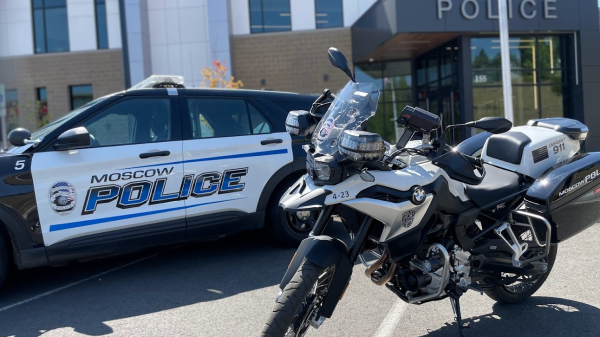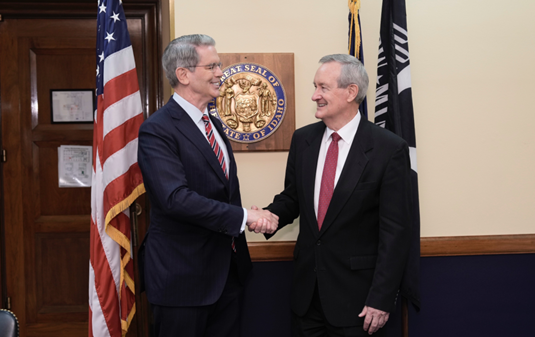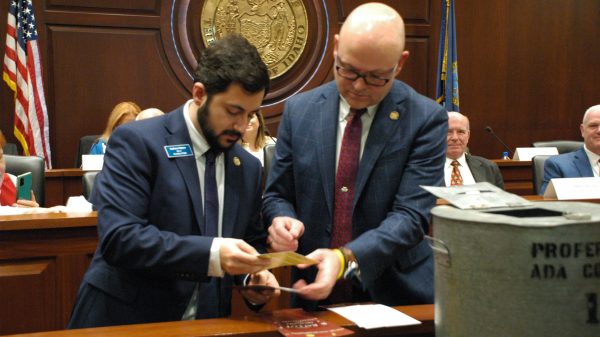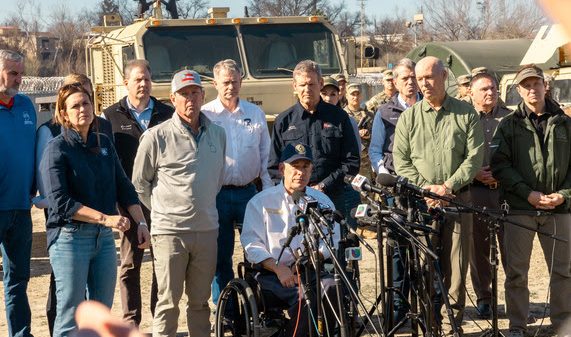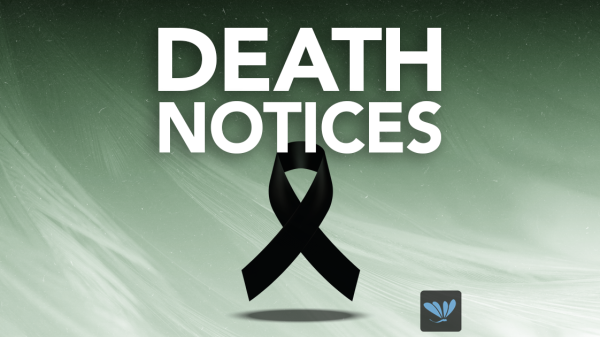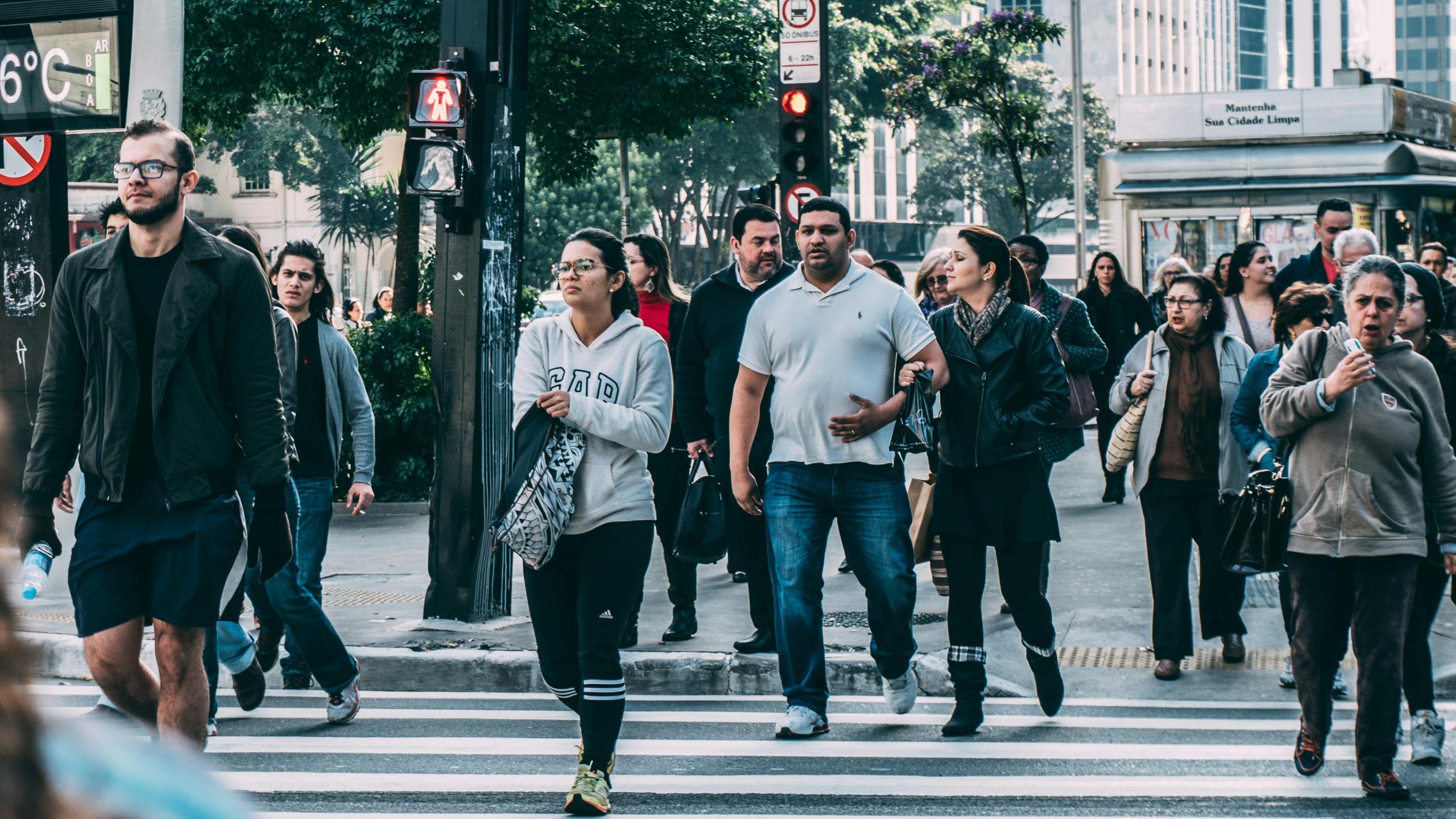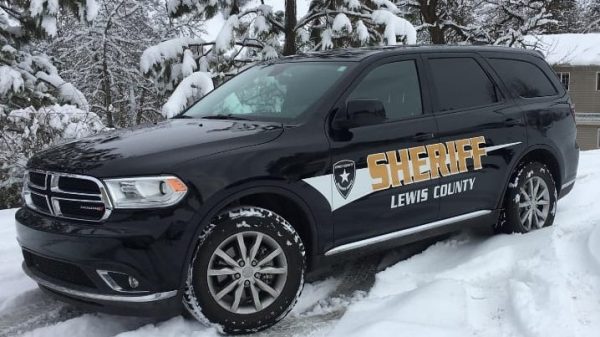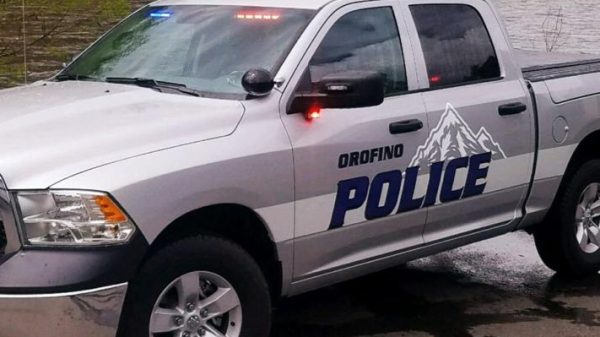(Boise, ID) Pedestrian deaths across the U.S. have soared by a staggering 80% in the past 15 years. And according to new research by the AAA Foundation for Traffic Safety, busy city streets and nighttime conditions are the primary setting for most of the deadly interactions between people and vehicles.
“After hitting a historic low in 2009, we’ve seen a horrific surge in pedestrian fatalities. We’ve got to do more to break the pattern,” says AAA Idaho public affairs director Matthew Conde. “Whether you’re walking for mobility or strictly for recreation, you deserve to safely reach your destination.”
AAA’s groundbreaking study identified several contributing factors to pedestrian deaths by completing case studies in Albuquerque, NM, Charlotte, NC, and Memphis, TN:
- Most pedestrian fatalities occurred four miles or more away from the downtown area.
- Most pedestrian fatalities occurred on arterial roads – roads that are generally traveled at faster speeds and that often have multiple lanes of traffic in each direction.
- Injuries and deaths occurred more frequently in socially and economically disadvantaged neighborhoods and areas with older housing.
“Our research underscores that people who need to walk on dark streets to get to work or complete errands frequently encounter areas with narrow or non-existent sidewalks and low illumination,” Conde said. “While drivers bear a major responsibility to watch for pedestrians, shared vigilance and a spirit of cooperation is in everyone’s best interest.”
According to the Idaho Transportation Department, there were an estimated 236 pedestrians involved in crashes in 2023, with 31 fatalities and as many as 200 injuries.
According to AAA’s research, cities face challenges in improving pedestrian safety, including high costs for infrastructure upgrades. AAA applauds coordination efforts between highway districts, city and state agencies to ensure that roads effectively meet the safety needs of all road users.
AAA urges drivers to do their part:
- Avoid risky behavior behind the wheel, including driving while distracted, drowsy, or under the influence. Observe suggested speed limits and avoid “rolling” stops.
- Actively scan the road for pedestrians. Don’t rely on pedestrian detection systems and backup cameras to take the place of an engaged driver.
- Drive with extra caution at night.
“As a driver, headlight glare and low visibility make it all the more important to give yourself as much time as possible to see and react,” Conde said.
AAA urges transportation and traffic safety stakeholders to:
- Follow the data by investing in high-risk areas where the needs are greatest and solutions are most urgent.
- Coordinate projects with a holistic approach to maximize their impact and effectiveness.
- Adopt the Safe System approach, recognizing that humans make mistakes and that they benefit from safer roads, safer speeds, safer vehicles, and safer road users.













